Final Audio UX3000: The Best $150 ANC Headphone You’ve Never Heard
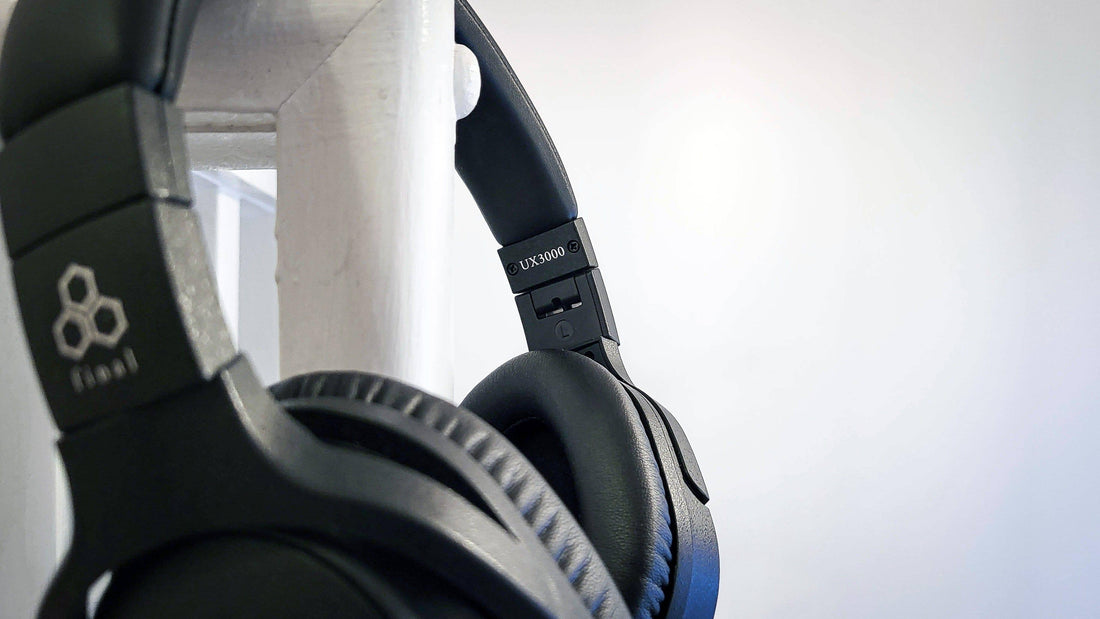
Introduction
Though wireless ANC headphones are almost ubiquitous these days, I’ve held off on them, always waiting for the technology to be perfected. IEMs paired with the iFi Go Blu was my happy compromise. But in recent years, these headphones have made significant strides not only in their fundamental wireless technology but also in sound quality. The Final Audio UX3000 is one such headphone. While Final is no stranger to wireless products (as evidenced by their Evangelion x Final TWS collab), it’s rare to see a wireless ANC headphone outside of the major players in the audio market. Let alone one at quite an affordable price. Yet when I first heard it in a demo shop, I was so impressed with its level of performance that I decided it deserved a proper review. So join me as I unpack one of the best offerings in the ANC market.
Personal unit
What we like
- Excellent price/performance
- Solid tuning and tonality with the wireless mode
- Decent ANC performance
What we don’t like
- Minor wireless tech imperfections
- Poor wired sound quality
Build and Comfort
There isn’t much in the box: the headphones, a cloth carrying pouch, a double-ended 3.5 mm cable for wired sound, and a USB-C charging cable. There are a few buttons on the cups: power, pause, and volume up/down on the right while the ANC toggle is on the left. The UX3000 is quite a light headphone as it’s built entirely out of plastic. But it’s not poorly built: the plastic used here feels sturdy and rugged. There’s an interesting texture on the shell that Final calls Shibo - a Japanese word meaning a wrinkle on the surface of paper or leather. They claim it gives it fingerprint and dirt resistance and I’m inclined to agree, at least on the fingerprint part.
The comfort of the UX3000 is good. The pads used here are a soft leather with a medium-density memory foam behind them. It molds and fits securely to my head with a secure but not overbearing amount of clamp force. The cups aren’t too large or deep but I didn’t find it to be an issue. They also swivel with 90 degrees of freedom so you can lay it flat on a table. The headband uses the same leather and memory foam design as the pads. Given the lightweight nature of the UX3000 and the soft cushioning of the headband, I don’t find myself really developing a sore hotspot where the headband rests in the center of my head.
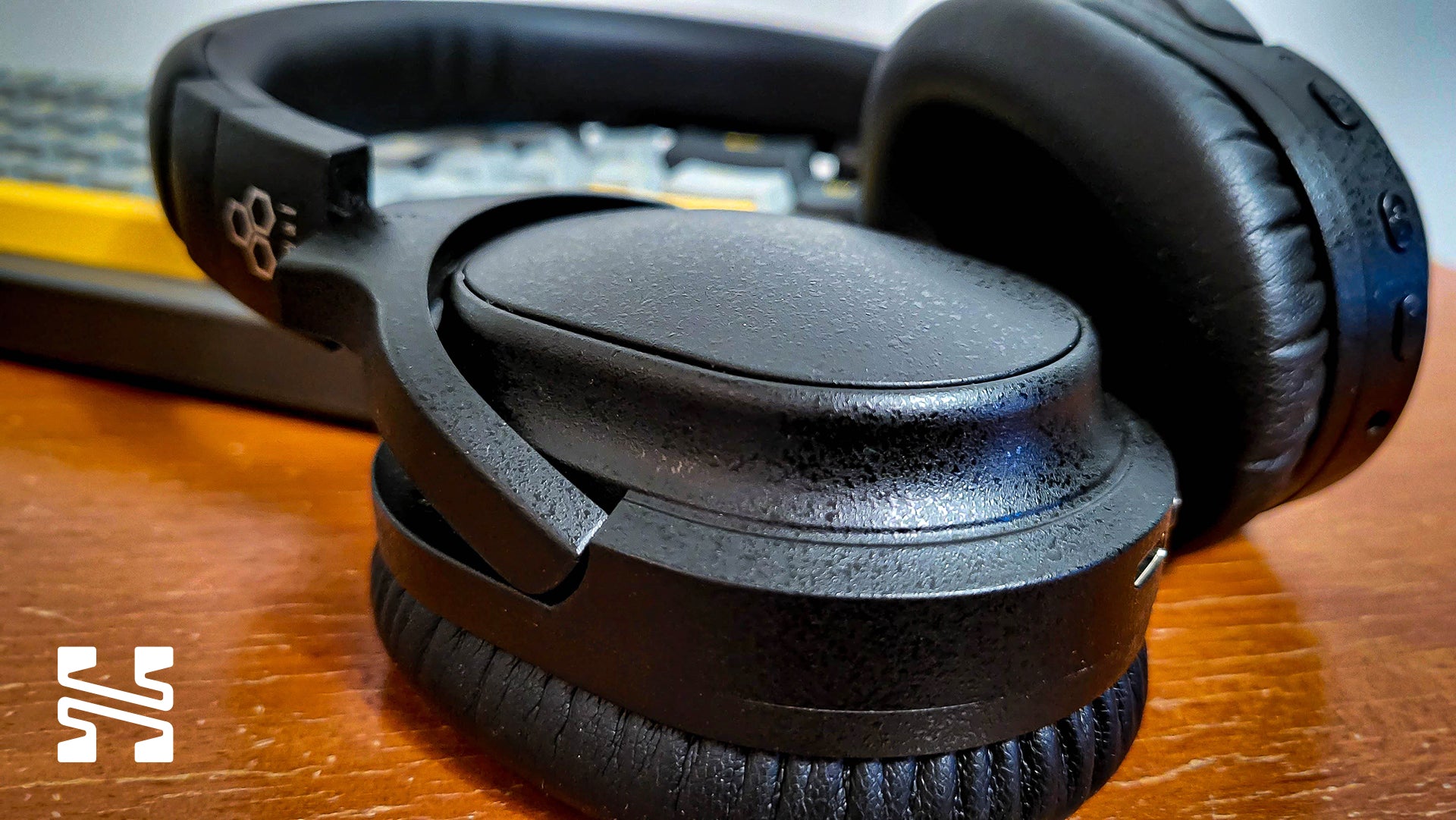
Wireless Performance and ANC
When it comes to wireless headphones, there’s more than sound quality that needs to be evaluated. How well its wireless capabilities are executed is arguably just as important as how it sounds when it comes to daily driving them. As such, here is my general list of fundamental features I scrutinize when it comes to checking if a wireless headphone is even worth looking at.
- Bluetooth stability: Good. There is the occasional hiccup but in general, I find the UX3000 to be quite stable. There isn’t any sort of “artifacting” that I could notice. What I mean is that in some TWS IEMs I’ve tried, they would do strange things like distort the music, pitch bend, or change tempo to try and maintain a steady connection. The UX3000 simply cuts in or out if it’s out of range. The UX3000 uses a BT5.0 and critically supports all the standard codecs of SBC, AAC, AptX and AptX Low Latency.
- Range: Fair . It’s about two large rooms worth of distance. For most use cases where the connected device will be reasonably close by, this won’t be an issue.
- Latency: Good. There is definitely a slight delay in its operation between sending a command and it registering. It’s small enough that it doesn’t bother me at all for regular use but is undoubtedly noticeable.
- Floor noise: Fair. There is also a bit of floor noise with the UX3000. You can hear a minor amount of hissing right at the start or end of a song when instruments are fading in or out. When music is finished, you can hear a bit of a click signaling that its drivers have disengaged and the hiss disappears.
- Volume: Loud. The UX3000 delivers more than enough power at max to become uncomfortably loud for me, nearing the point of deafening.
- Battery: Good. Final boasts 35 hours of battery life. Personal experience confirms that it’s in that ballpark with the ANC off. At an average of 4 - 5 hours a day of use, it only needed to be charged once a week.
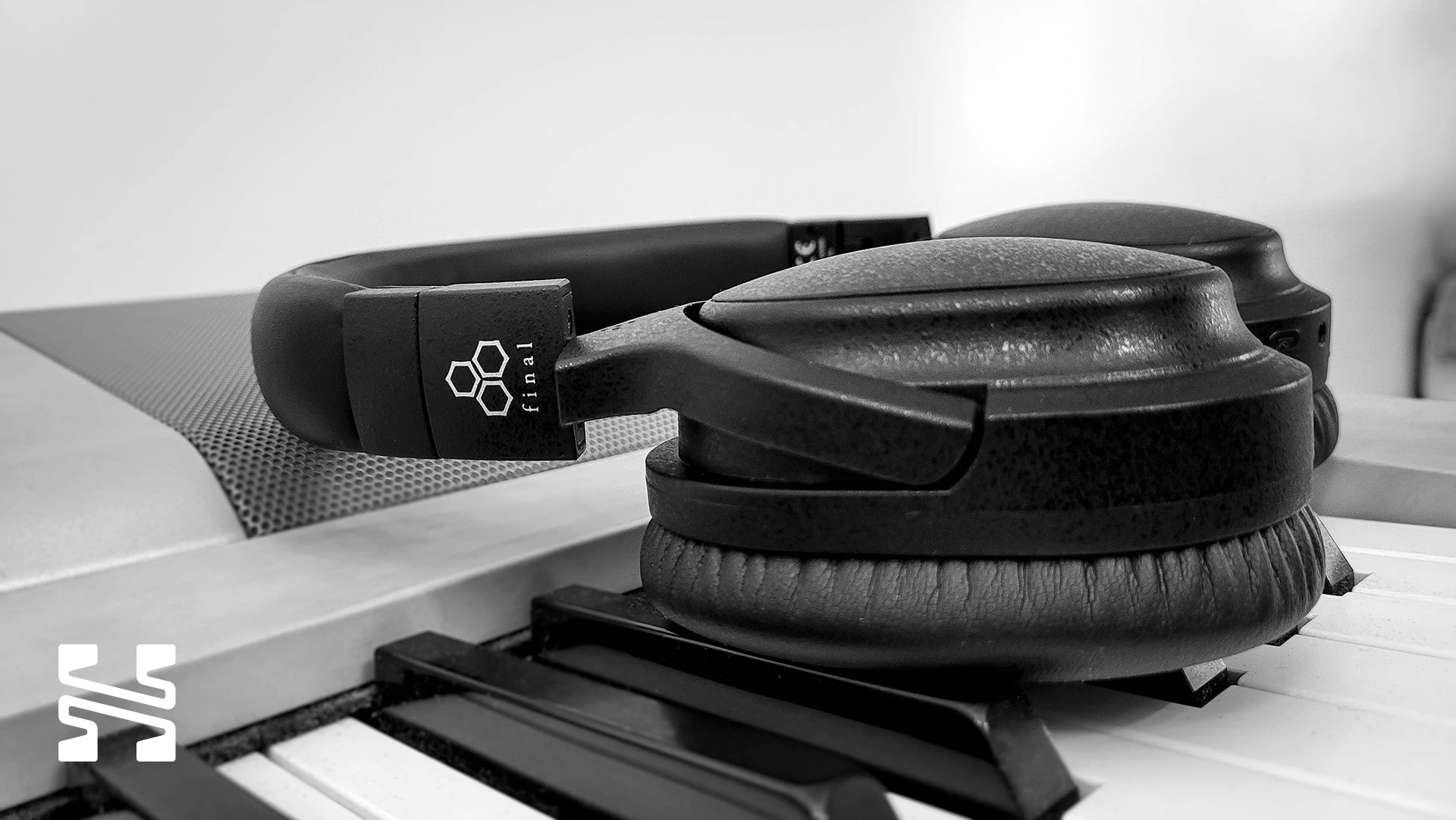
Beyond these fundamental features is its ANC ability. It’s a key reason why you might want to purchase the Final UX3000 after all. The truth is, the ANC is serviceable at best. It’ll do a pretty good job canceling out the noise of a fan or low hum of lights. But for anything more complex, it won’t compare to the higher-end Sony or Bose offerings.
Most importantly however, the frequency response of the UX3000 changes if you are on wireless, with ANC, or wired. And there is no app from Final to make these adjustments yourself. In short, what you hear is what you get and does have a significant impact on how I would rate the UX3000. Now to be fair, the UX3000 is not alone in this regard. Many other popular wireless headphones like the Sennheiser Momentum 4 or Bose QC35 sound dramatically different depending if ANC is active or not. Cynically, one might interpret this as companies “cheating” by patching up poor tuning with EQ (or more accurately, digital signal processing). Personally, I have no qualms against it and say if it works, it works.
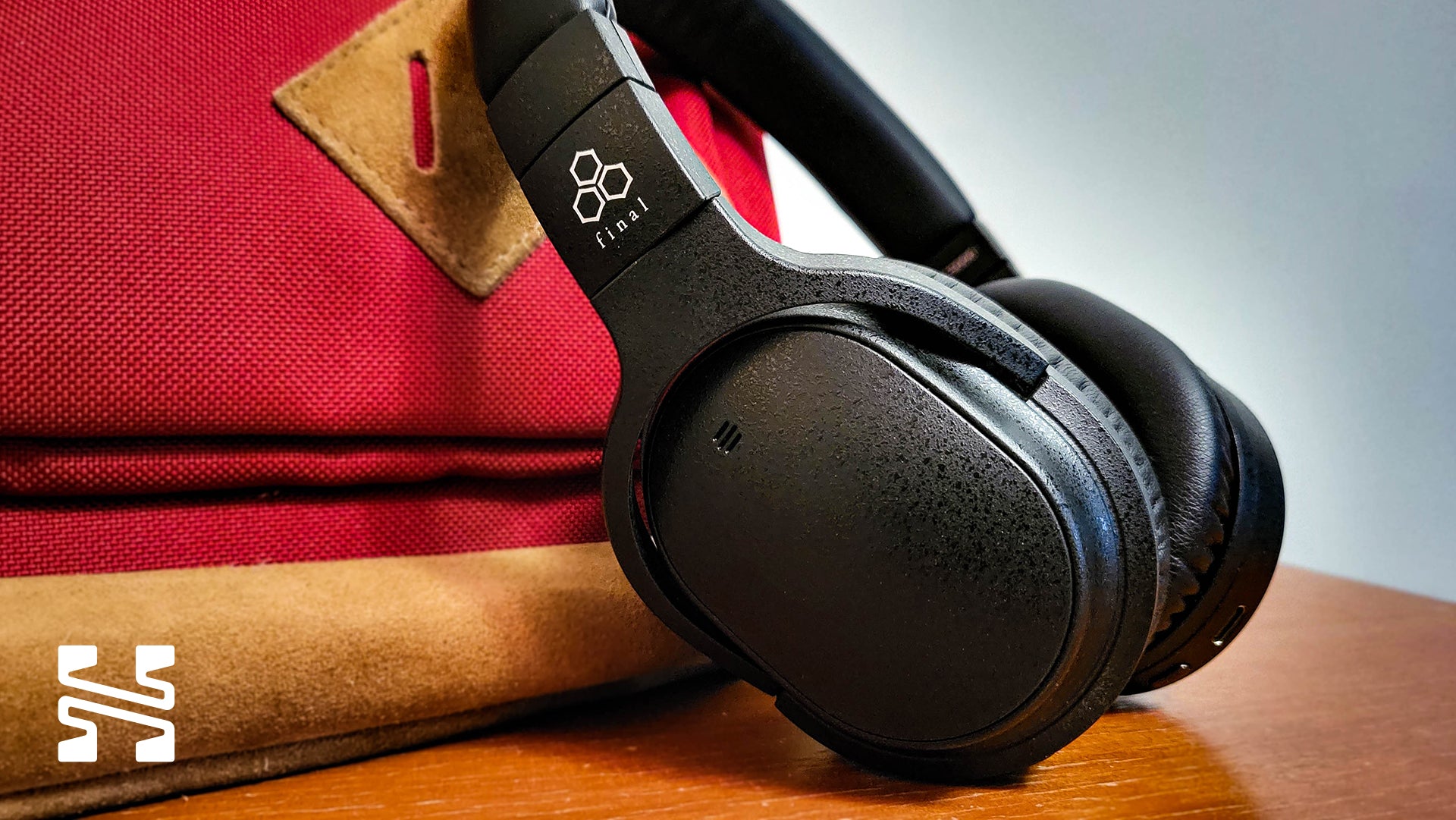
Sound and Frequency Response
Wireless
The base wireless tuning of the UX3000 is very pleasant with a balanced sound signature. There’s a sizable bass hump, a relaxed but clear midrange, and a bright-leaning treble with a touch of sibilance here and there. No ANC means that you’ll be working off the passive isolation of the UX3000. As such, this tuning works best for a quiet office or library setting.
The bass shelf of the UX3000 is large but well dialed-in. There’s a noticeable roll-off in the subbass that emphasizes the midbass boominess rather than a deep, growling response. You can very clearly see this on the frequency response: a roll-off and an obvious 200 Hz shelf. The bass quality is fairly average for a dynamic driver. It’s not a fast-sounding headphone. Transients are rounded and there’s a slight smearing of instruments. Though it’s clear the UX3000’s bass isn’t meant for critical listening, it hits the mark for a fun but not overbearing sound.
The midrange of the UX3000 is where it stands out compared to many other wireless headphones I’ve heard. Its tonality is relaxed and clear with a hint of warmth. Vocal and instrument timbre are surprisingly effortless. Instruments are equally balanced and I’m in full control of where I focus my attention on rather than it being dictated by the headphone itself. The only knock I have against the UX3000 is that it doesn’t fully escape the sense that it's a closed-back headphone. Despite being an enjoyable listen, there is a wonkiness in the tuning.
The treble is relatively unassuming except for the presence of a number of minor treble peaks that give the UX3000 a splash of brightness on the hats and cymbals and notes of sibilance with vocals. Upper treble extension is a little limited as it does roll off quite steeply at the uppermost octaves. However, I didn’t find this to adversely affect sound quality too much beyond the lack of airiness. There’s enough extension to fill out most of the upper harmonics and complete notes.
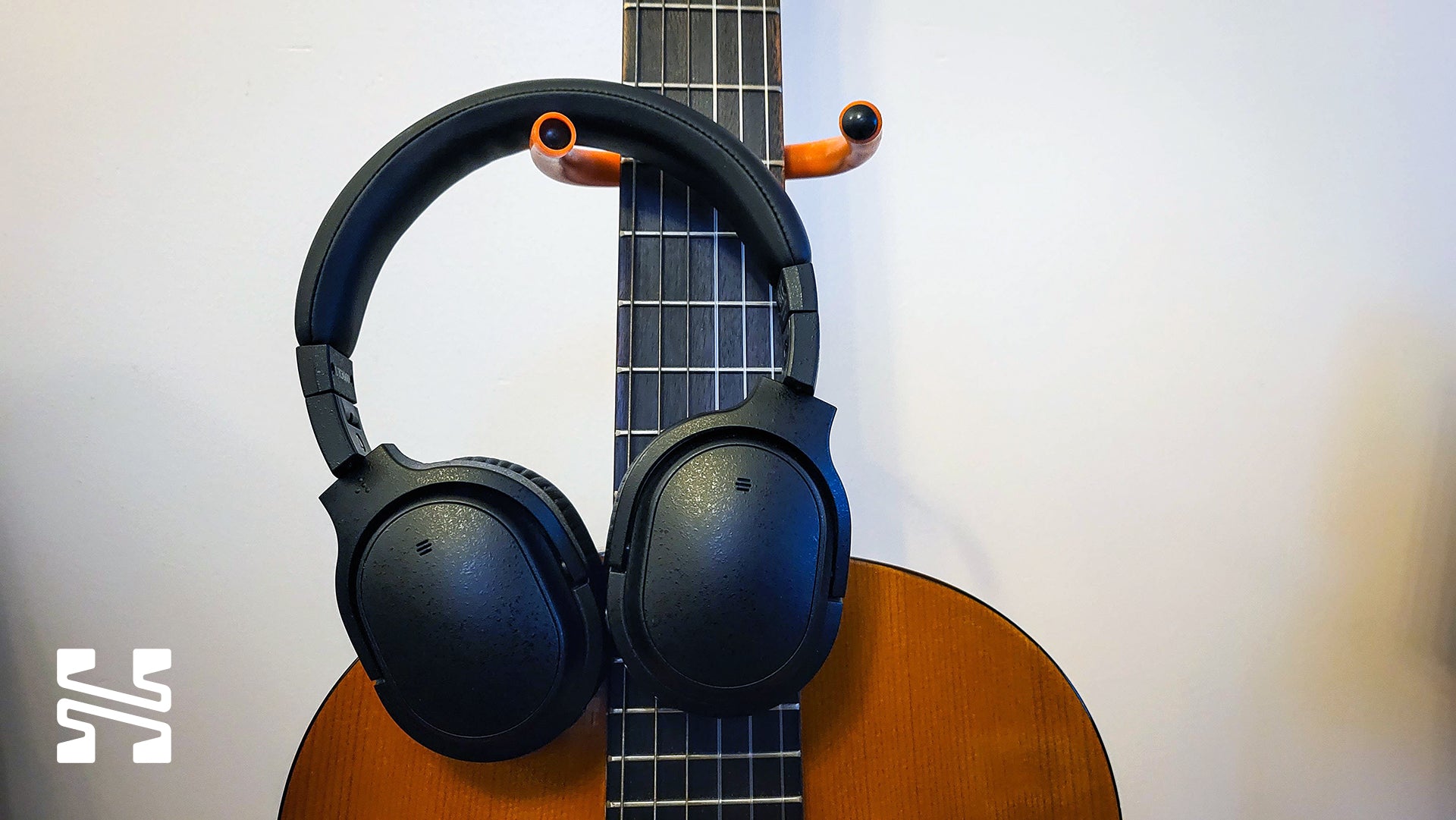
ANC
Unfortunately, the benefits of ANC come with its drawbacks. In this case, the UX3000 gains a sizable bass boost. Enough that you could fairly call it bloated. Here’s perhaps the weirdest analogy you’ll read in an audio review. The wired tuning is like business casual - not the sharpest but it feels good and gets the job done. The ANC tuning is business casual but there’s a not-so-hidden coffee stain on your crisp dress shirt. When you’re focused and in the zone, it’s pretty easy to ignore. But once your attention is broken, this bass boost is made apparent. And with the ability to quickly swap between tuning modes using the hardware buttons, it’s hard to escape the fact the bass bloat simply makes it an inferior version of the wireless tuning.
That said, I understand why Final did this. While ANC is there to cancel out persistent noises, it’s not always the most effective. Live environments tend to have a lot of low-end energy (think of a bus or subway) and thus a bass boost helps to cover over that noise. In practice, I find it works decently enough for those sorts of environments. But when used in a quieter place like a library, it’s clear that this band-aid solution is not a one-size-fits-all. Still, bass quantity is definitely a matter of preference so do try both tunings to see which you like better. I still enjoyed the UX3000 on the ANC tuning, just not as much as the wireless mode.
Wired
What I didn’t enjoy was the wired mode. It keeps the bass boost of the ANC’s tuning but then flattens the upper mids. It pretty much kills vocal clarity and dulls the sound significantly. I needed some lengthy brain burn-in to get used to this tuning. There isn’t much to say here beyond “avoid if possible.” At least there’s the option in case the battery runs out, I guess.

Measurement of the Final UX3000 (with ANC On) on an industry standard GRAS 43AG measurement rig. The dotted black line represents the Harman target, a reference frequency response developed using consumer preferences. The red line is how the Final UX3000 measures. Effectively, this shows how significantly the headphone’s frequency response deviates from the target. Note however that the target is highly smoothed and strict adherence to the Harman target is not necessary for a headphone to sound good.
Here’s the graph of the Final UX3000 with ANC on. We weren’t able to get accurate measurements of it with ANC off or wired as it would require reseating the headphone. Additionally, with the earpads being smaller than normal, these graphs are less representative. All that said, this does provide a good reference point. The tuning is somewhat Harman-esque but has a bit of wonkiness in the midrange as I noted. The subbass does roll-off which explains the lack of growl and rumble. Importantly, we can see the bass bloat I mentioned with the ANC on. The wireless tuning essentially flattens this into a more manageable shelf rather than a large hump. The wired tuning the reverse - the upper mids are flattened while the low end remains the same.
Presentation
The technical performance of the UX3000 is sufficient. There’s just enough stage depth to avoid the flat, one-dimensional presentation that plagues many closed-back headphones. Stage width is still between the ears and doesn’t try to push the boundaries, but doesn’t feel constrained. There’s adequate imaging ability for instruments beyond the basic left/right/center configuration but individual notes don’t get much spatial nuance. Resolution is acceptable given what the UX3000 is made for: on-the-go listening.

Should You Buy It?
Yes. Admittedly, there’s some mixed messages in this review. On one hand, I’m talking about how enjoyable it is to listen to. On the other, there’s an awful lot of nitpicks across pretty much every aspect of its performance. So why am I recommending it? Because it costs $150. Very few closed back headphones sound good, especially not at this price. In fact, it has made me question my current closed-back headphone of choice, the Audeze Sine. Though the Sine may be sharper and more analytical, I didn’t miss it while listening to the UX3000. Add on top the full suite of wireless features and ANC capabilities and you can see why this is such an attractive offering.
For comparison, Sony, Bose, and Sennheiser’s offerings easily cost double that of the Final UX3000. While the quality of life features of those models may be better, the UX3000 easily matches or exceeds them where it counts: sound quality. Though it does have a number of compromises, it’s undeniable that the UX3000 has made high quality wireless headphones more affordable to a wider audience. I applaud that.
I’ll leave you with a final anecdote. After I heard the UX3000 in that demo shop, I asked Resolve to try it for a review. Long story short, he found it good enough that headphones.com decided to stock and make it easily available for the North American market. I’ll let you decide if that’s a strong recommendation or not.
